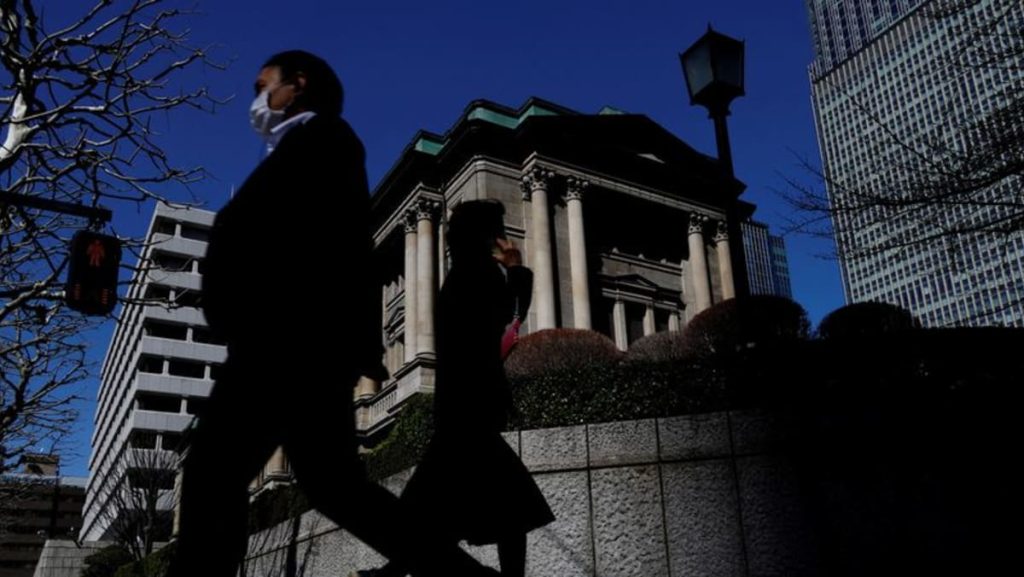The Bank of Japan is expected to maintain interest rates at their current near-zero levels this week and potentially provide clearer guidance on reducing its large balance sheet as it gradually scales back its massive monetary stimulus. Policymakers will also assess recent signs of weakness in consumer sentiment and consumption, and whether Japan is progressing towards achieving its 2 per cent inflation target. Despite the central bank’s optimism about higher wages boosting household spending, recent data showing a decline in consumer sentiment has raised concerns among some BOJ officials. There is a possibility that the BOJ could adjust its bond purchases or provide hints on its tapering plan to calm market uncertainties, especially as it faces challenges like the weakening yen and inflation concerns.
The BOJ’s upcoming decision will depend on market developments following the U.S. Federal Reserve’s policy-setting meeting, including movements in the yen and bond yields. Nearly two-thirds of economists surveyed expect the BOJ to start tapering its monthly bond purchases on Friday, although the central bank has emphasized a gradual approach to avoid sharp yield increases. The BOJ’s decision to end negative rates earlier this year has not bolstered the yen, largely influenced by the interest rate gap between the U.S. and Japan. A weaker yen can impact consumption by raising import prices, potentially prompting inflation but also cooling consumer spending if wages do not keep pace. Some analysts have suggested using quantitative tightening to slow the yen’s decline, but the central bank has not indicated that as a strategy.
While the BOJ anticipates tax breaks and wage increases to support consumption, board members have expressed reservations about the economic outlook. Board member Seiji Adachi has voiced concerns about the state of the economy, while Toyoaki Nakamura highlighted stagnant recent consumption. There is a fear among some policymakers that inflation might not reach 2 per cent by fiscal 2025 if consumption weakens and prevents companies from raising prices. The BOJ faces a complex situation as it navigates between supporting economic growth, controlling inflation, and managing the impact of external factors like currency movements and global economic conditions.
The challenging economic landscape could push the BOJ to consider adjusting its policy stance, potentially through further communication on its tapering plans, monetary easing measures, or other tools to stimulate economic growth. As the BOJ grapples with the impact of a weak yen on consumption and inflation, it will need to carefully monitor market reaction to any policy changes. The central bank’s decision could impact not only domestic economic conditions but have broader implications for global financial markets as well. Balancing the need to support economic recovery and achieve inflation targets against potential risks will be a key challenge for the BOJ in the coming months, as it seeks to maintain stability and promote sustainable growth in the Japanese economy.


